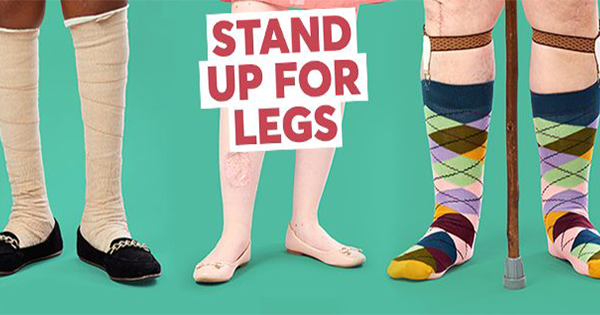The cost-of-living crisis is something that has been brought to the fore by reports such as the Royal Society for Public Health (Farrow et al, 2022). This report highlights the immediate impact of the crisis on the health of individuals, as well as suggesting that a whole generation are at risk of poorer health. Furthermore, the report suggests that existing health inequalities are likely to become more apparent. For example, vulnerable populations, including lower-income individuals and marginalised communities, might be disproportionately affected, leading to disparities in access to services and therefore poorer outcomes. In this editorial I’d like to highlight some of the consequences of the cost-of-living crisis and what the impact might be for individuals with wounds.
The UK benefits from the NHS, which provides publicly funded healthcare to residents. However, during a cost-of-living crisis, there is increased pressure on the NHS due to budget constraints, staffing shortages, and increased demand for services. We are already seeing the effects of this with longer wait times for wound care treatments and appointments, affecting people with wounds who require timely assessment and management. There is also disparity across the UK in terms of prescription charges with some areas i.e., Wales providing free prescriptions, while in England there are prescription charges for certain items. The cost-of-living crisis is making it difficult for individuals to afford prescription charges (Royal Pharmaceutical Society, 2023). The consequences for individuals with wounds could be that they’re unable to access the necessary interventions.
Many wounds require specialised dressings and other medical supplies. The cost-of-living crisis, in combination with the impact of Brexit has led to reduced availability of some supplies, with individuals struggling to obtain the essential items needed for effective wound management. This will undoubtedly increase the number of individuals living (unnecessarily) with chronic, hard-to-heal wounds. In turn this will increase pressures on the NHS contributing to the already stretched resources.
The emotional toll of dealing with wounds can be significant (Renner and Erfurt-Berge, 2017). Mental health services are provided through the NHS, but these services are also facing increased demand and resource limitations. This affects access to mental health support for individuals struggling with the emotional challenges of managing wounds.
Individuals with wounds, especially those with disabilities resulting from their condition, often rely on employment support and disability benefits to maintain their financial stability. The cost-of-living crisis is impacting on the monetary value of these benefits, making it harder for individuals to make ends meet and access the resources they need.
Some individuals with wounds require assistance with activities of daily living via social care services and again budget constraints during the cost-of-living crisis is having an impact on the availability and quality of these services. Consequently, this is likely to impact on the wellbeing and independence of people with wounds exacerbating the emotional toll on individuals with wounds and their families.
Community and charity organisations play a role in supporting individuals with wounds. We are yet to see the impact of the cost-of-living crisis on these organisations but it’s likely that they will face challenges in providing assistance due to increased demand and limited resources. Individuals with wounds, especially those with mobility limitations, often rely on public transportation or specialised services. Any rise in transportation costs could hinder their ability to access healthcare services and maintain social connections. There is a body of supporting literature that highlights the importance of social participation for individuals with wounds (Klein et al 2021).
We also need to consider the impact of the digital divide (appreciating that some individuals may choose not to engage with technology), there is a risk of inequalities for those individuals who may not have access to information and communications technology (Office for National Statistics, 2019). In an increasingly digital world, access to online resources for wound care information and telemedicine can be crucial. Those who cannot afford internet access or digital devices might face challenges in accessing the information they need as they must prioritise their finances for essentials such as food and bills. This is likely to have an impact on health literacy and therefore an ability for individuals to self-care.
So, what can be done? To mitigate these implications, it’s important for the UK government, healthcare institutions, community organisations, and stakeholders to collaborate on strategies to ensure that individuals with wounds can access necessary medical care, support services, and resources, regardless of economic challenges. I’m sure there must be initiatives that are already in place to help address some of the issues discussed, if so, please share your ideas with us. Perhaps we can begin building a repository of projects that can be made available to other. You could also consider writing your initiative up for publication in the Wounds UK journal!







